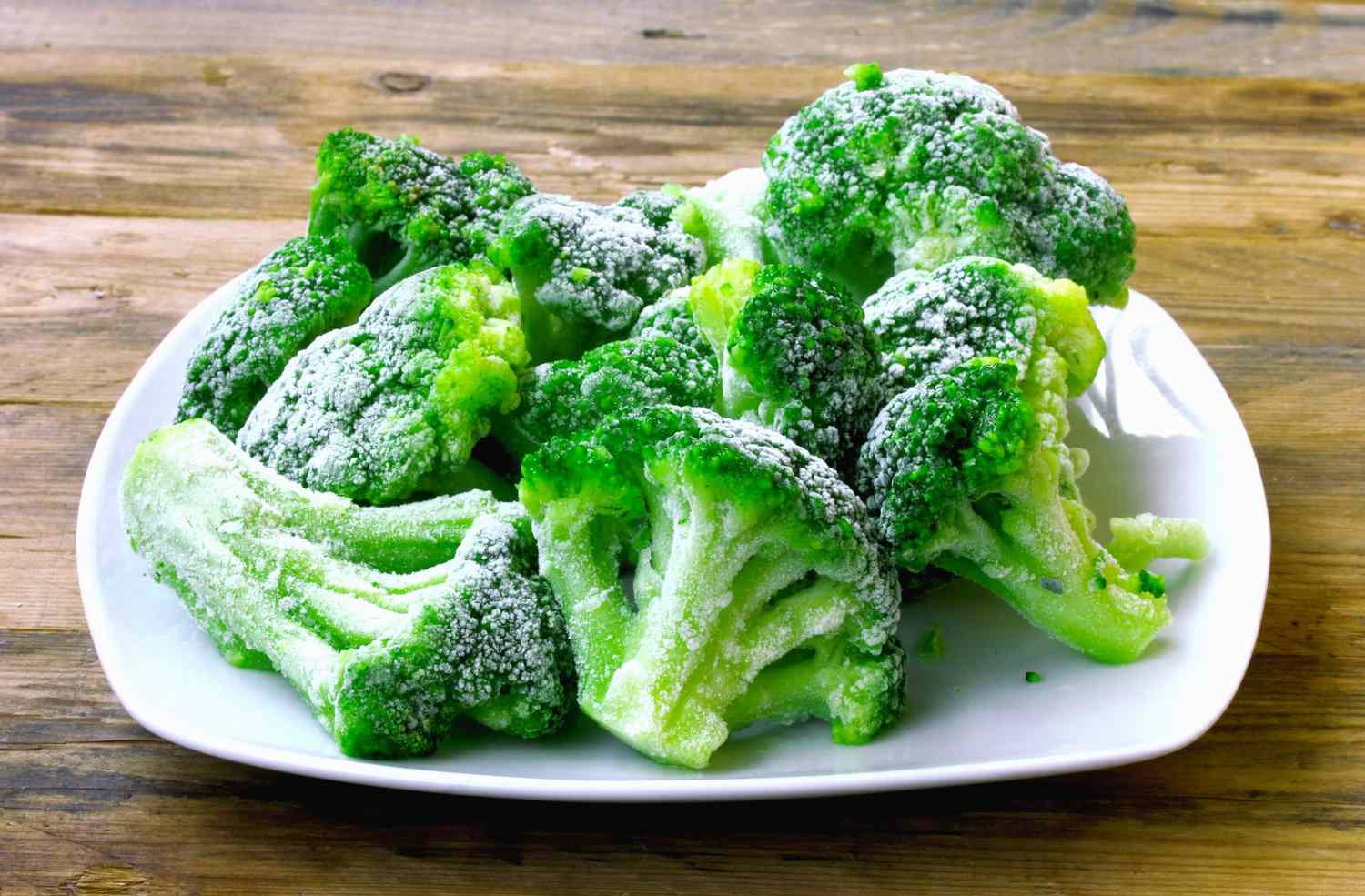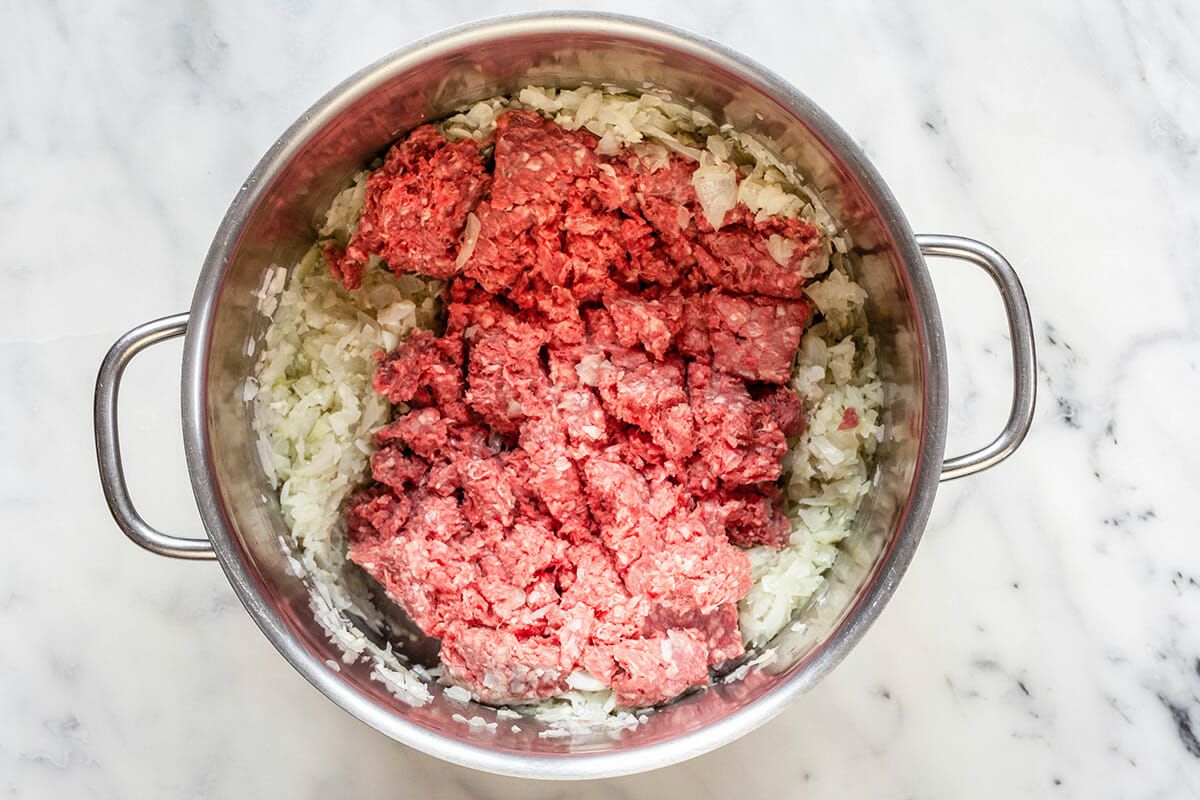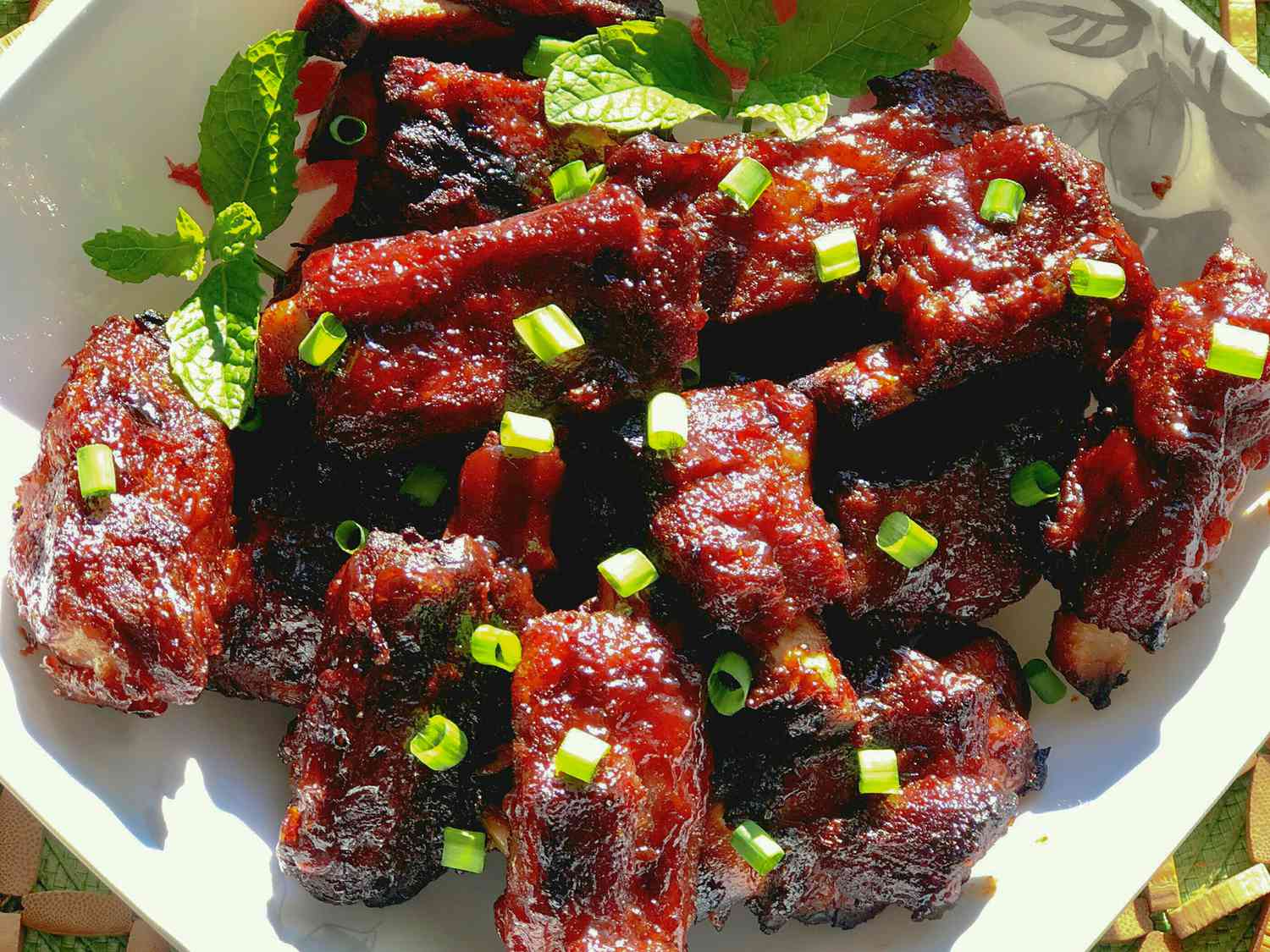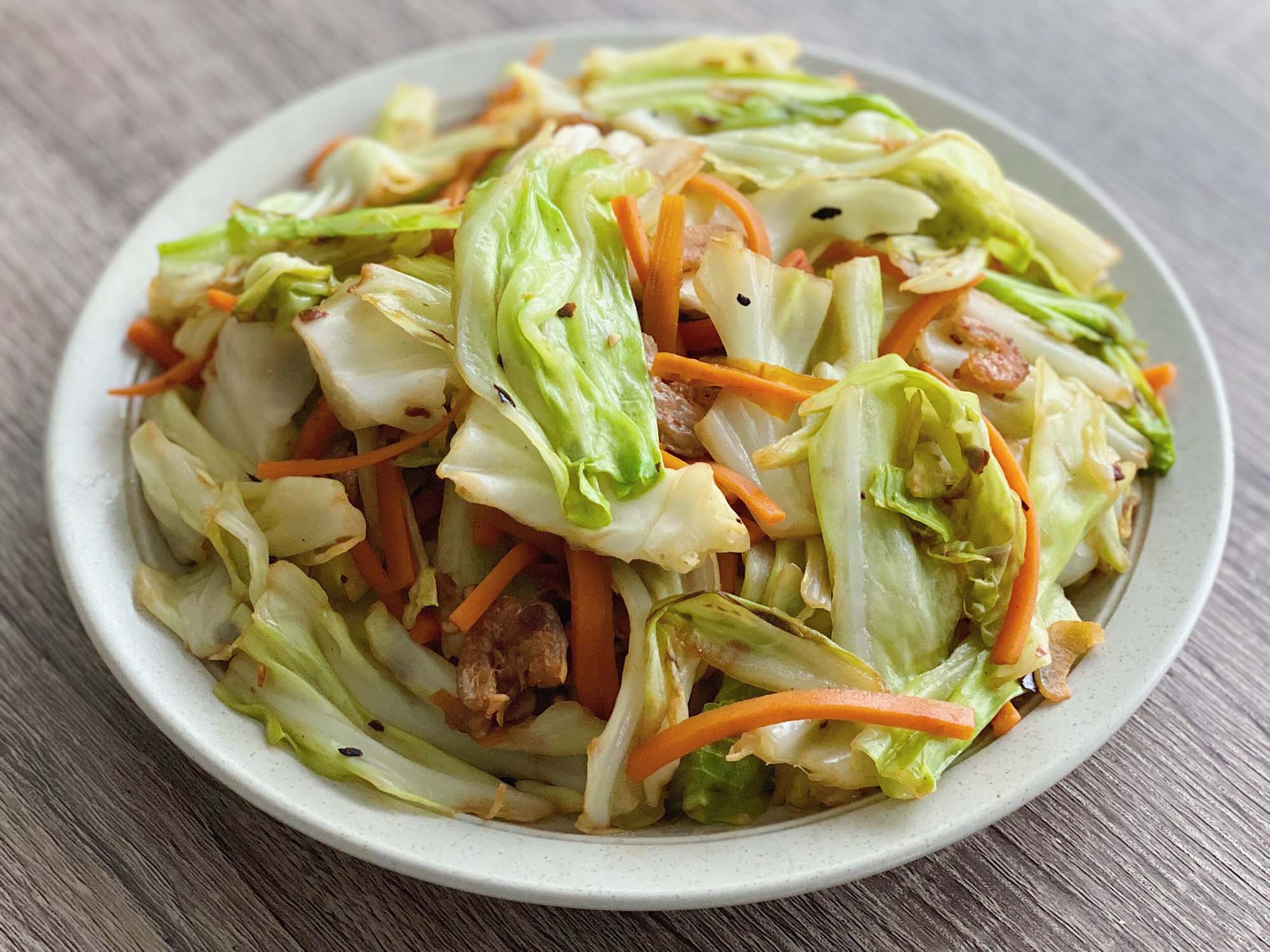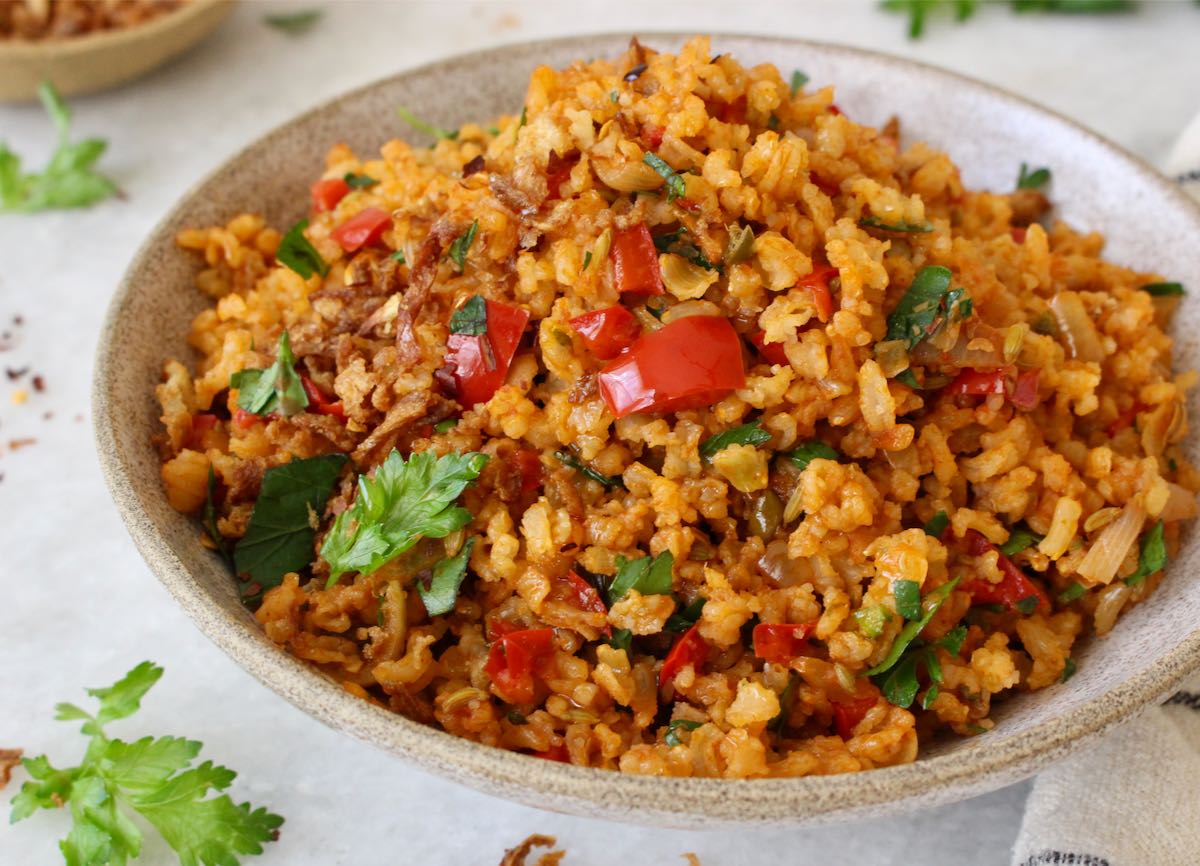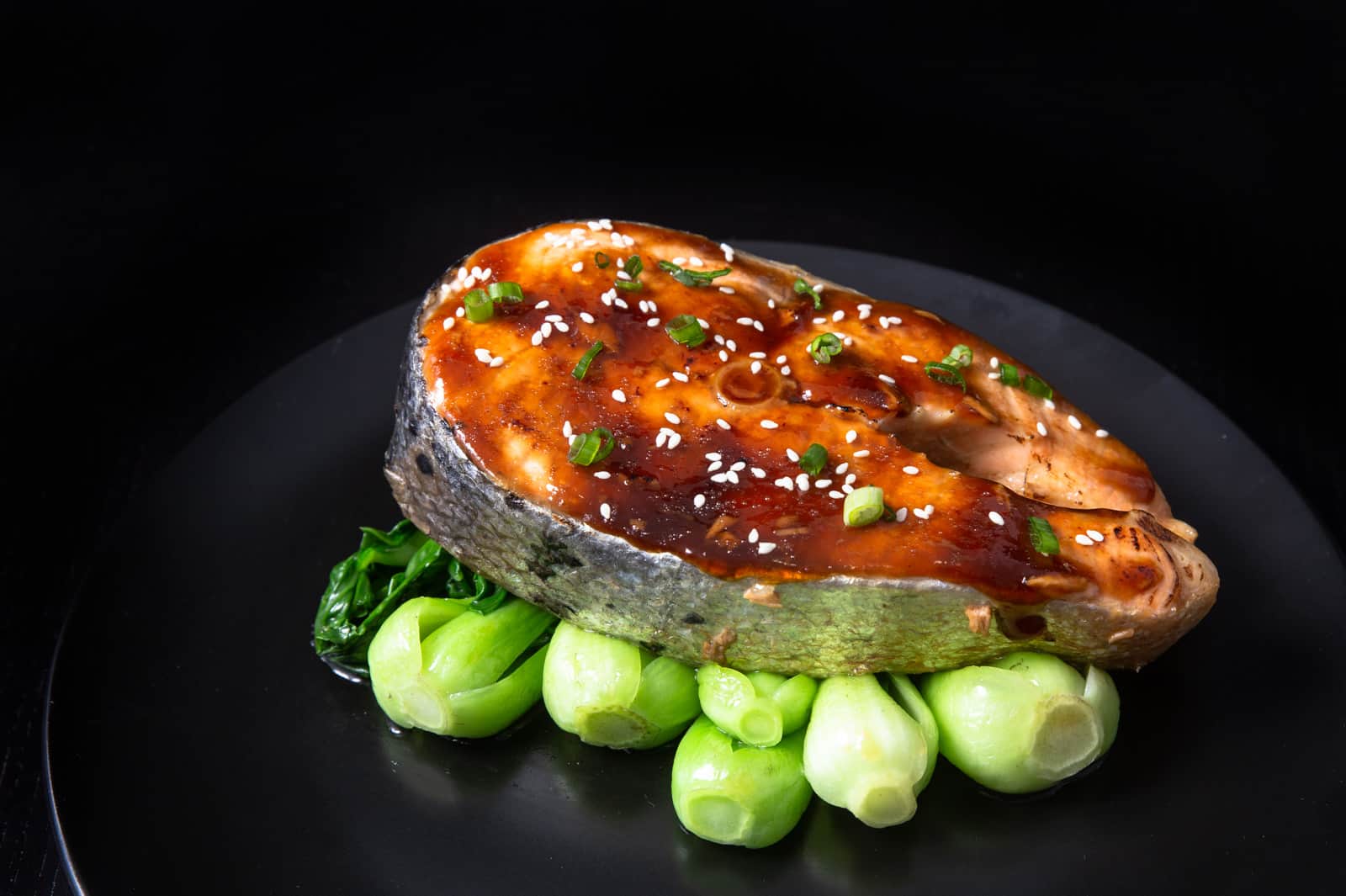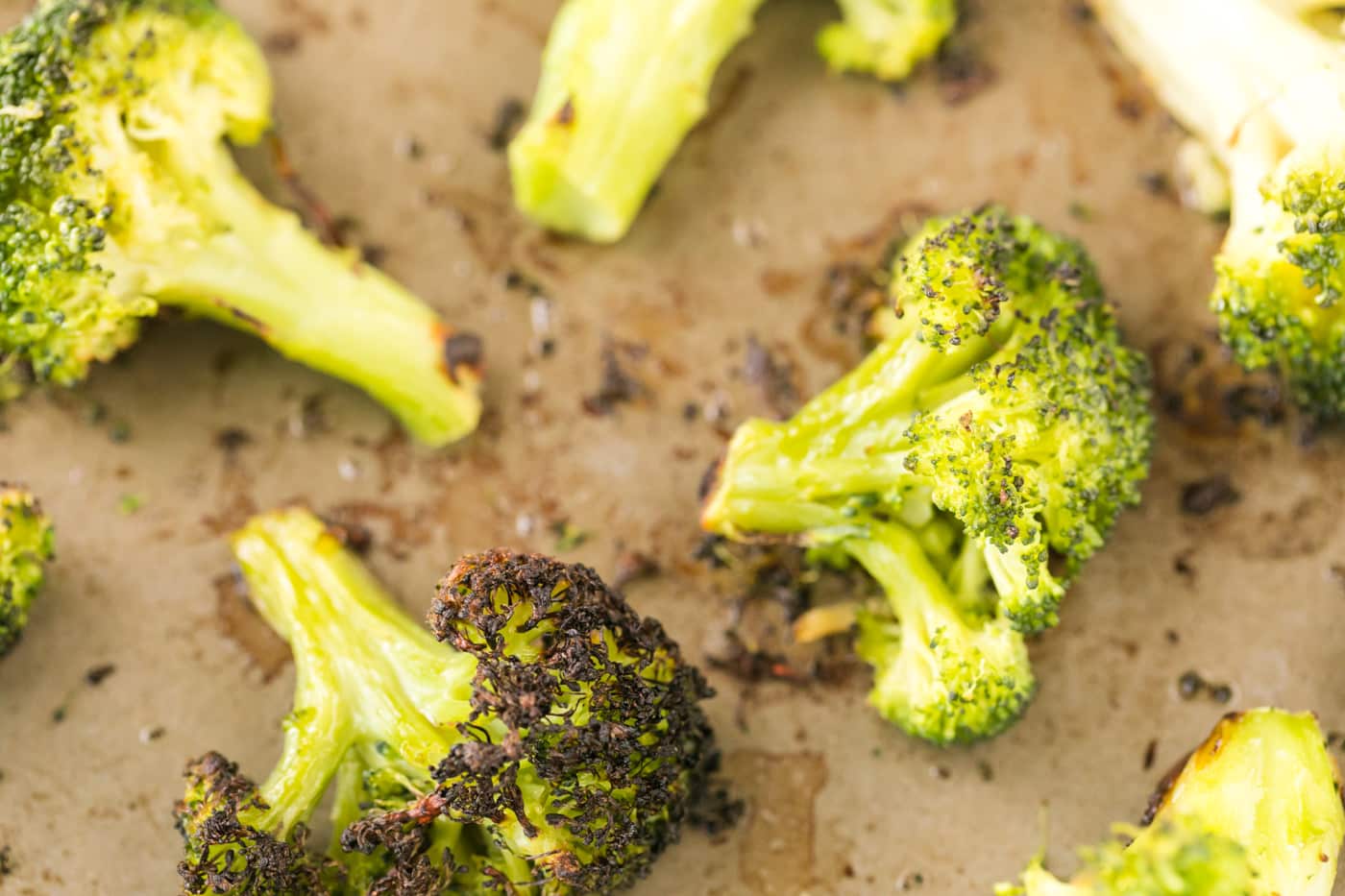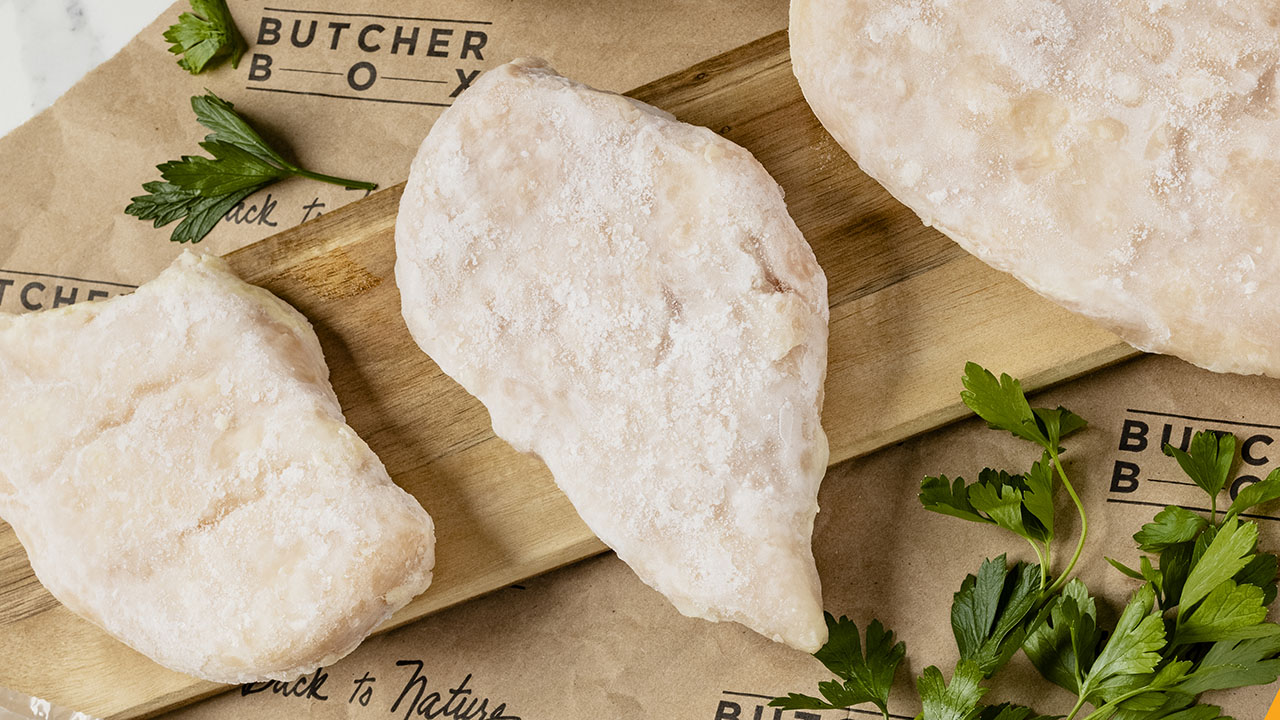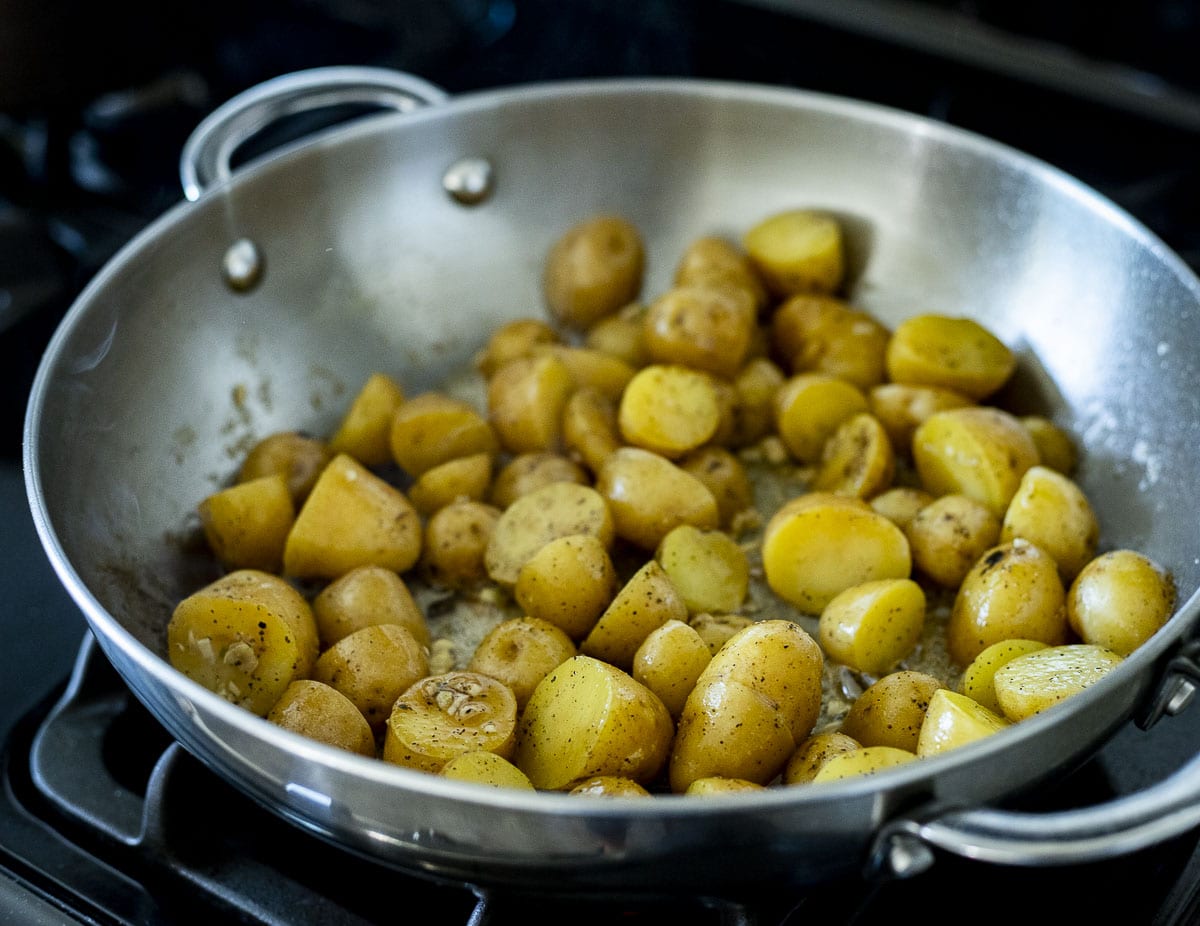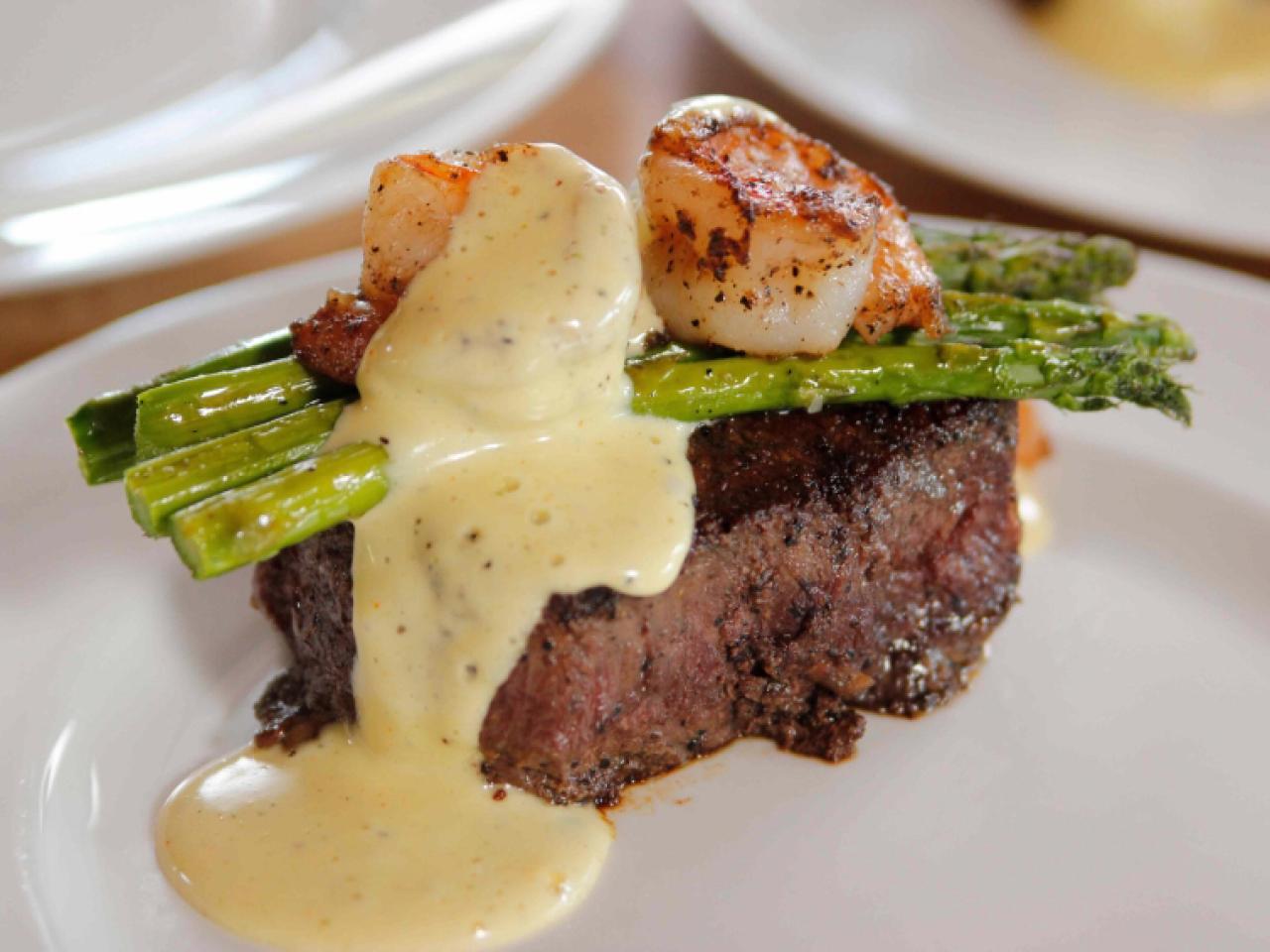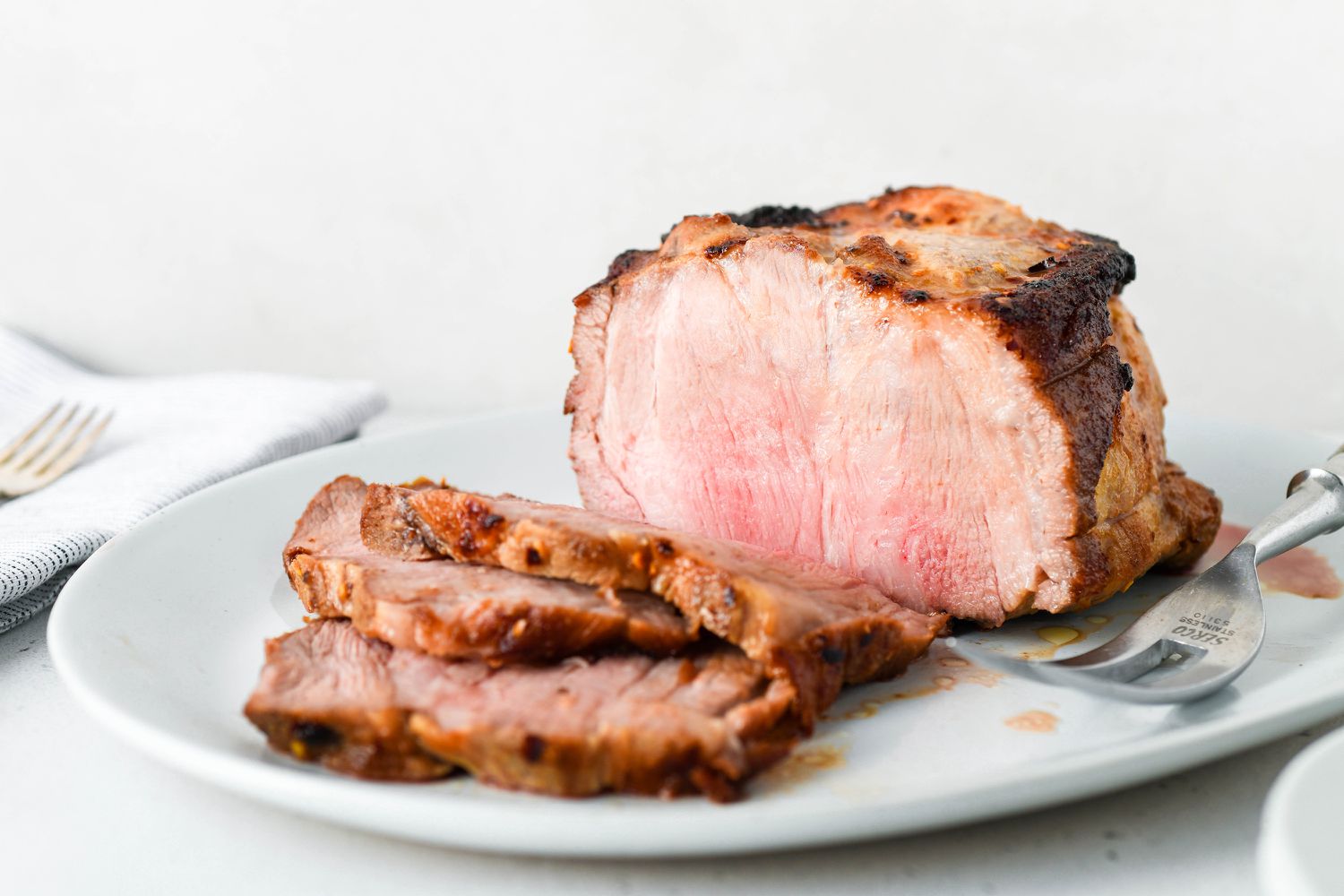Mastering the Art of Cooking an Eye of Round Roast to Perfection
Gone are the days when cooking a tough cut of meat like an Eye of Round Roast was a daunting task. With a few simple steps and some patience, you can transform this lean and flavorful slice of beef into a tender and succulent masterpiece. Whether you’re a seasoned chef or a beginner in the kitchen, this comprehensive guide will equip you with the knowledge and techniques needed to cook an Eye of Round Roast to perfection.
Choosing the Perfect Eye of Round Roast
Before diving into the cooking process, it’s essential to select the right cut of meat. Look for a well-marbled Eye of Round Roast with minimal fat content. This will ensure a tender and juicy result when cooked.
- Size matters: Opt for a roast that weighs around three to four pounds. This size is ideal for even cooking and prevents drying out.
- Shape and uniformity: Look for a roast with a uniform shape as it ensures even cooking throughout.
- Color and marbling: Choose a roast with a bright red color and consistent marbling. This indicates the quality and tenderness of the meat.
Preparing the Eye of Round Roast
Proper preparation is crucial for achieving a tender and flavorful roast. Follow these steps before moving on to the cooking process:
- Seasoning: Start by generously seasoning the roast with a combination of kosher salt, freshly ground black pepper, and other desired herbs and spices. Massage the seasoning into the meat, ensuring it is evenly coated.
- Tie it up: Since the Eye of Round Roast is a lean cut, it tends to lose moisture during cooking. Tie the roast with butcher’s twine to maintain its shape and preserve juiciness.
- Resting time: Allow the roast to rest at room temperature for about 30 minutes before cooking. This helps the meat cook more evenly.
Cooking the Eye of Round Roast
Now that your roast is prepped and ready, it’s time to embark on the cooking process:
- Preheat the oven: Set your oven to 450°F (230°C) to create a high-heat environment for a beautiful sear.
- Searing: Heat a cast-iron skillet or heavy-bottomed pan over medium-high heat. Add a tablespoon of oil and sear the roast on all sides until nicely browned. Searing helps lock in the juices and adds a rich flavor to the meat.
- Oven roasting: Place the seared roast on a rack in a roasting pan. Insert a meat thermometer into the thickest part of the meat without touching the bone, if present. Place the pan in the preheated oven and cook for about 20 minutes per pound, or until the internal temperature reaches 135°F (57°C) for medium-rare or 145°F (63°C) for medium. Keep in mind that the roast will continue to cook as it rests.
- Resting: Once the roast reaches the desired temperature, remove it from the oven and tent it loosely with aluminum foil. Allow the roast to rest for at least 15 minutes. This resting period allows the juices to redistribute, resulting in a tender and juicy roast.
- Slice and serve: Slice the Eye of Round Roast against the grain into thin, even slices. Serve it with your favorite side dishes, such as roasted vegetables or mashed potatoes, and enjoy!
Remember, cooking an Eye of Round Roast to perfection requires patience and attention to detail. By following these steps and techniques, you’ll be well on your way to impressing your family and friends with a wonderfully tender and delicious roast.
Was this page helpful?
Read Next: How To Cook Boneless Pork Country Ribs
